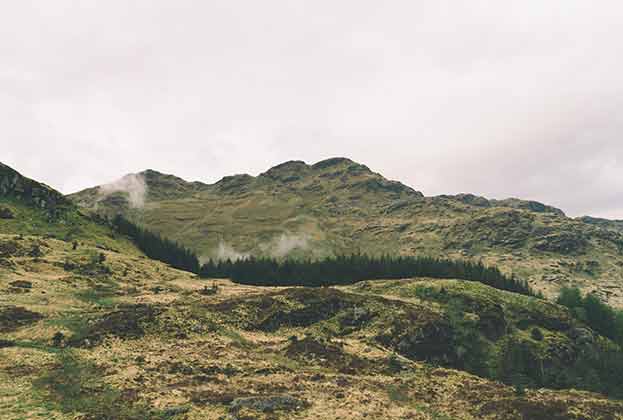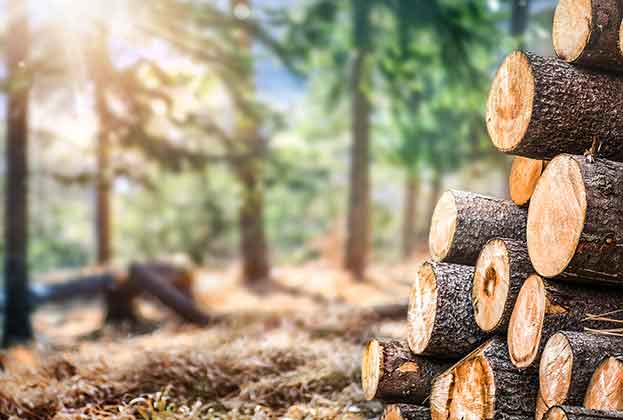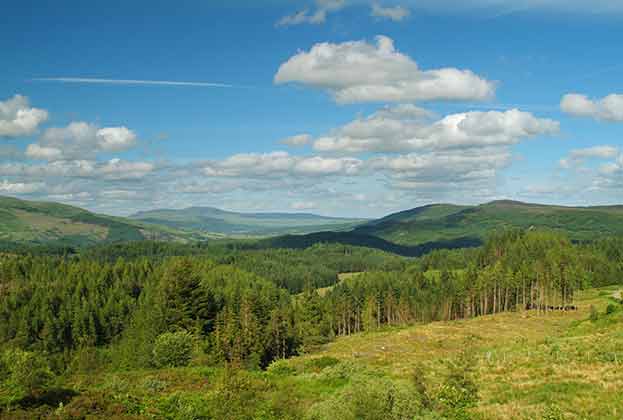The mutual benefits of forestry attract public and investors’ interest
Forestry – capturing the move towards sustainability
Last year there was clear evidence of new buyers entering the UK forestry market attracted by the recent performance of the asset class, but also drawn to the environmental benefits of forestry. There was a perceptible shift in public attitude towards the climate emergency and investors concerned with ethical governance looked to forestry to provide some of their solutions.
For commercial forestry, the sustainability arguments are clear; we are producing a natural commodity in timber, which, if used in a sustainable way, locks up the carbon sequestered through the growth of trees. Secondly, the growing world population will put a strain on our natural forests, so plantations will be required to deliver more of the wood we need. Finally, while our principal investment assets are upland commercial spruce woodlands, management to Forestry Stewardship Council certification standards ensures there is a place for biodiversity and conservation in even the most commercially managed forests, meaning they are both sustainable and environmentally beneficial.
The growing interest in forestry has now filtered through into tree planting and was the subject of many political party manifestoes last year
Savills Rural Research
While new interest was a feature of the market, some recent trends continued including low supply, strong competition and reasonable timber prices, as well as rising asset values across all regions. However, following strong rises in the proceeding two years, timber prices, particularly for sawlogs, fell back from the highs recorded during 2018.
The growing interest in forestry has now filtered through into tree planting and was the subject of many political party manifestoes last year. These positive pledges are very welcome, but there was little detail on how this additional planting would be achieved against a backdrop of complex grant schemes, slow processes, lack of nursery stock and the higher value of competing land uses. There is a huge opportunity to engage the country in a national tree-planting effort, but it is important to underpin this with the production of quality timber that can be managed and used sustainably, particularly because any change in land use is likely to be an enduring one.
Total market
Area and value
The value of the UK forestry investment market was just over £121 million during the 2019 forest year (1 Oct 2018 – 30 Sept 2019). This represents a -2% reduction in overall sales value compared to 2018. In spite of this, our research shows that when looking back to 2011, with the exception of 2015 and 2018, the total value of forest sales is highest in 2019 (see chart below).
There was a corresponding fall in the area of forestry traded, reducing by -4% from 14,900 hectares in 2018 to 14,400 hectares during 2019. With the exception of 2015, when forest sales were bolstered by a large portfolio sale, the chart below illustrates that against a reduction in the number of hectares traded, the average value per hectare of forestry sold has generally increased since 2011.
Average forest values
Our analysis of the 2019 sales data shows the average gross value increased by 17% to £9,900 per hectare, which translates to an increase of 25% per net productive hectare to £13,100, a trend following previous years.
Although average values provide an excellent basis for trend and comparative analysis, forestry values are diverse, and price is dependent on a range of factors, including location, accessibility, tree species, average age and timber volume/quantity.
Our analysis shows that the proportion of multi-rotation forests in the sample is increasing year on year. Due to the drop off in forest planting in the 1990s, even aged properties are now rare and restructured properties with a wide age range of mature and immature timber are now the market norm. These have different valuation dynamics as the prices combine both the immediate value realisable from felling age timber and the expectation value that younger trees have. This allows investors to take a positive approach to pricing, as they can support value from different aspects, which has led to enhanced asset values.
Read the articles within The Forestry Market below.
.jpg)


